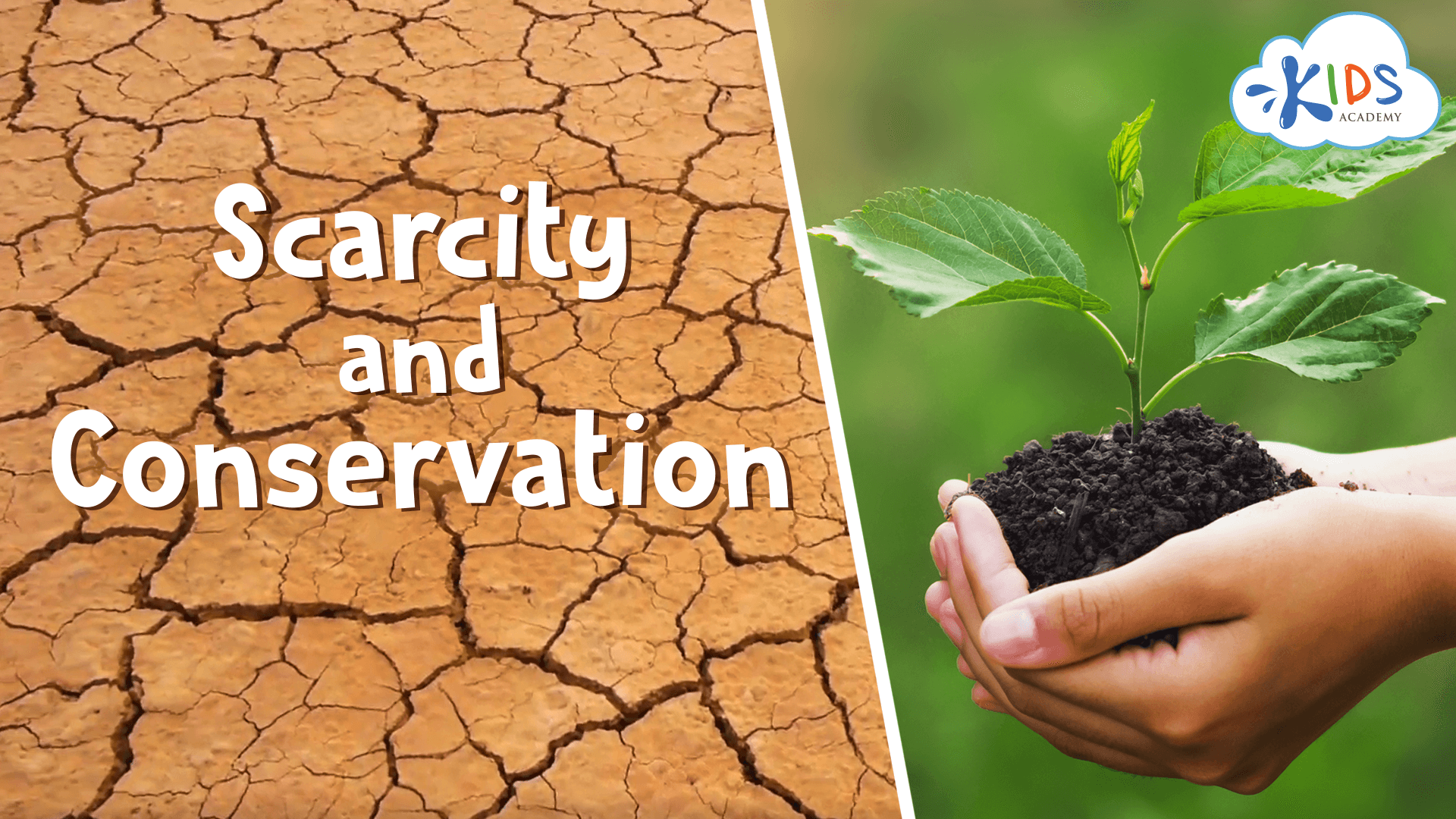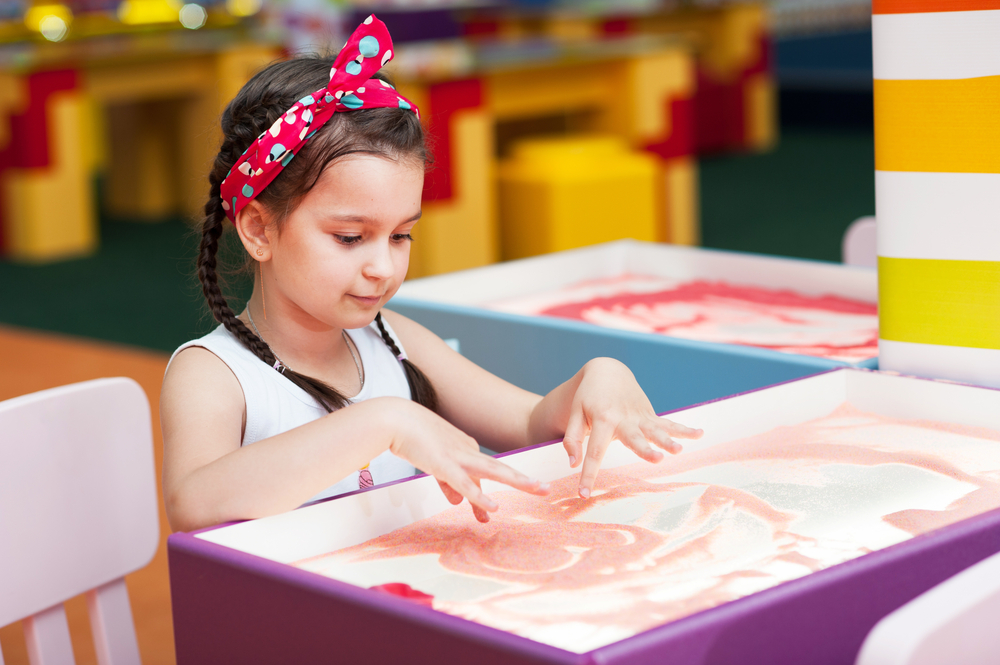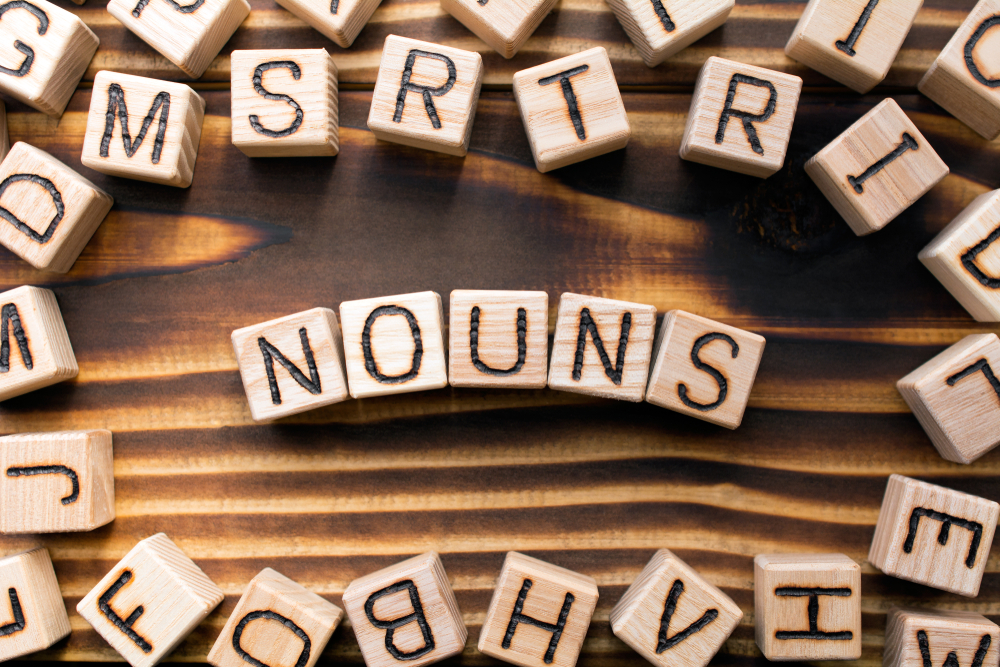Understanding opposites Normal Worksheets for Ages 5-7
3 filtered results
-
From - To
Welcome to our “Understanding Opposites Normal Worksheets” specifically designed for children ages 5-7! These engaging worksheets help young learners grasp the concept of opposites through fun activities and illustrations. Each worksheet encourages creativity and critical thinking, making learning enjoyable. Perfect for home or classroom use, our materials cover a range of opposite pairs, from big and small to hot and cold. As children work through the exercises, they will enhance their vocabulary and comprehension skills in a playful and interactive manner. Empower your child's learning journey with these structured worksheets that make understanding opposites both effective and enjoyable!
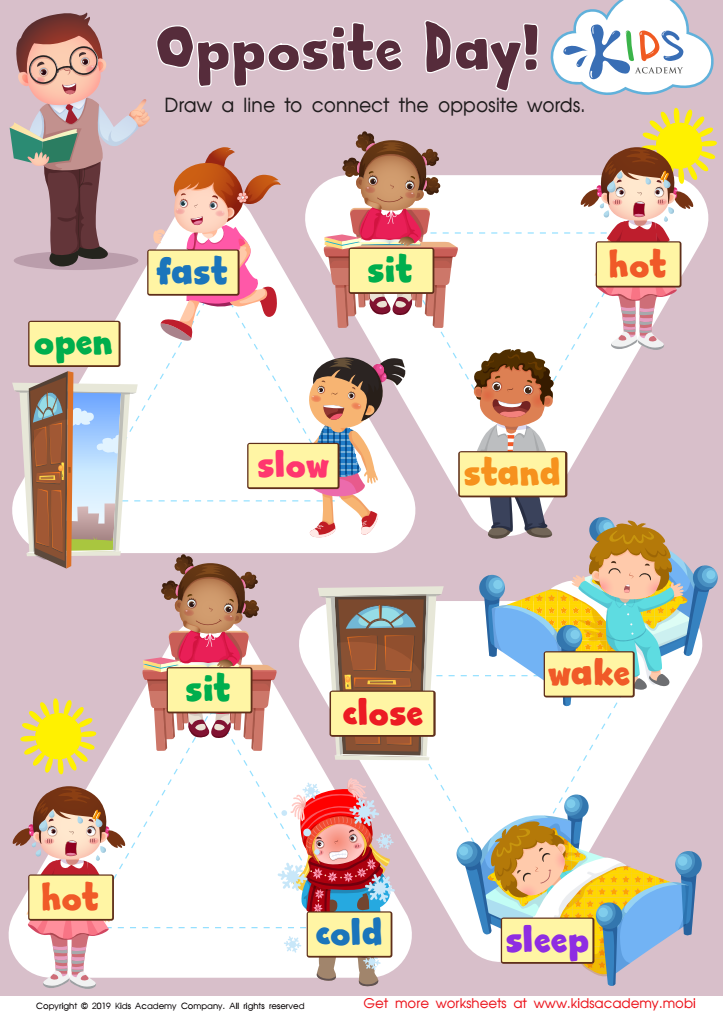

Opposite Day Worksheet
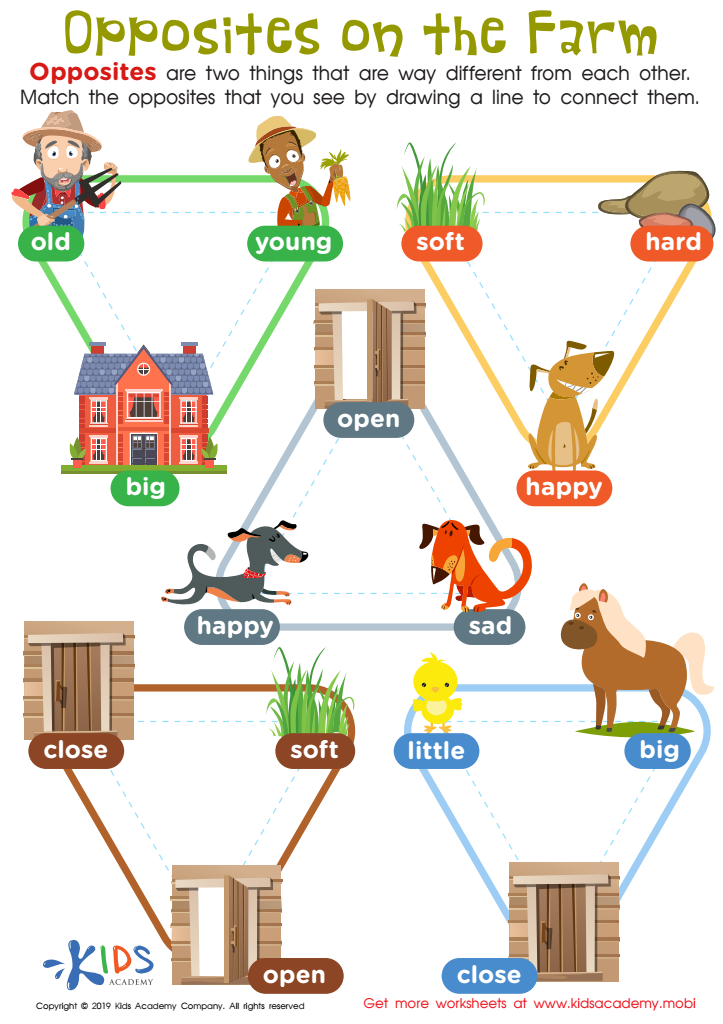

Opposites on the Farm Worksheet
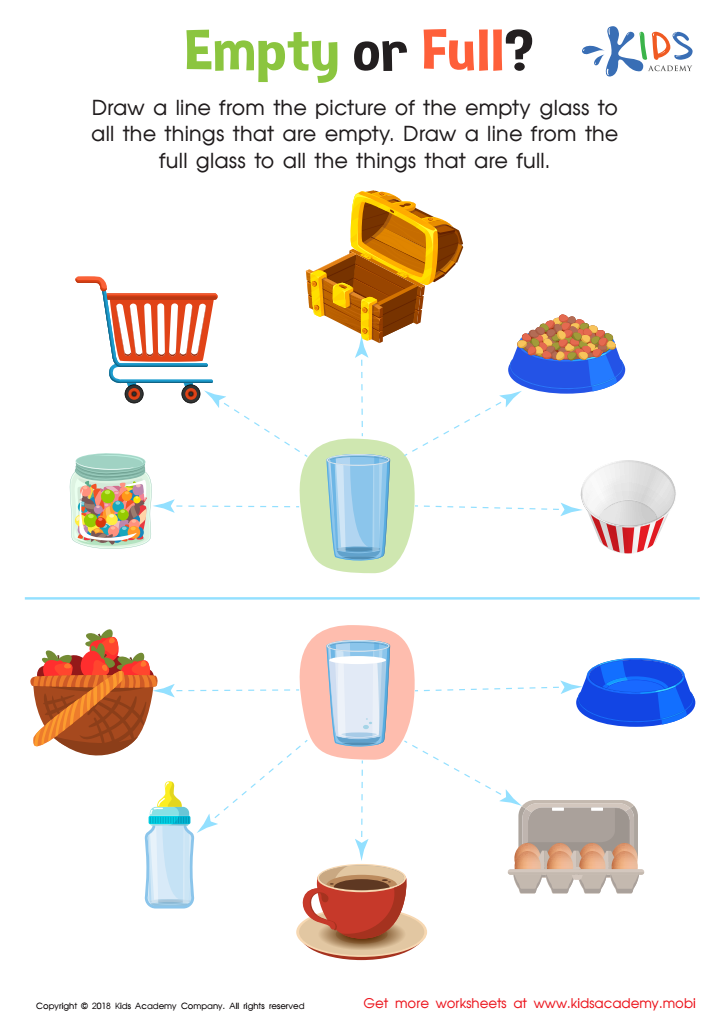

Empty or Full? Worksheet
Understanding opposites is crucial for children aged 5-7 as it lays the foundation for critical thinking and language development. At this age, children are naturally curious and eager to explore the world around them. Learning about opposites helps them categorize their experiences and makes sense of varied concepts, enhancing their cognitive skills.
Parents and teachers should care about this topic because it promotes vocabulary expansion. Children learn to describe and articulate their thoughts better when they grasp the meaning of pairs like hot/cold, big/small, or happy/sad. Moreover, recognizing opposites supports emotional intelligence, allowing children to identify and communicate their feelings more effectively.
Incorporating opposites into everyday activities, such as reading books or engaging in games, fosters interactive learning. This not only keeps children entertained but also nurtures their social skills by teaching them how to interact with peers through comparative reasoning.
Understanding opposites can simplify complex ideas, making learning more relatable and enjoyable for young children. Ultimately, this foundational skill equips them with tools to navigate both language and societal structures, setting the groundwork for more complex learning in the future. Encouraging an early grasp of opposites enriches a child’s educational journey and overall understanding of the world.

 Assign to My Students
Assign to My Students




